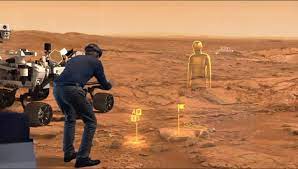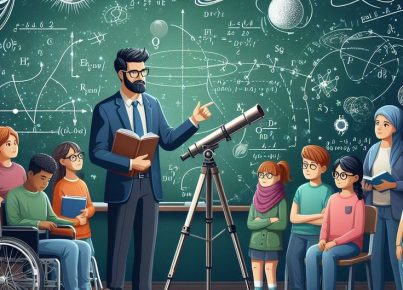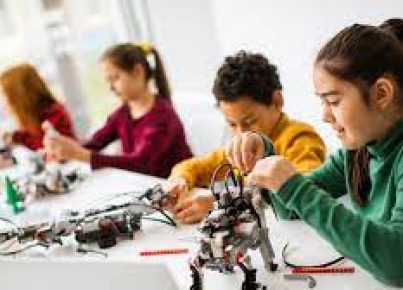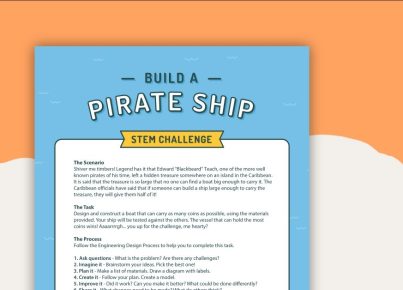Introduction:
Virtual reality (VR) and augmented reality (AR) technologies have revolutionized the way we learn and experience our surroundings. One area that has seen significant advancements is space education. By leveraging these technologies, teachers can now take students on exciting virtual space missions to Mars, providing an immersive learning experience unlike any other.
Exploring the Red Planet with Virtual Reality:
Using virtual reality headsets, students can be transported to the surface of Mars, experiencing firsthand what it would be like to walk on the red planet. This engaging platform offers a plethora of educational opportunities including studying Martian geography, delving into its geological history, and exploring potential sites for future human settlements.
Using Augmented Reality for a Mars Rover Simulation:
Augmented reality apps can transform classrooms into simulated Martian landscapes. In this highly interactive setup, students navigate a virtual Mars rover, learning about its various instruments and capabilities. This form of hands-on education enables them to understand rover engineering concepts and enhances problem-solving skills.
Collaboration with Real Space Agencies:
Virtual space missions become even more engaging when computer simulations are integrated with real-world data from space agencies like NASA and ESA. By combining virtual experiences with real-time data such as satellite imagery and telemetry from ongoing space missions, students receive a more comprehensive understanding of Mars exploration while fostering a sense of connection to ongoing research.
Benefits of Virtual Space Missions in Education:
1. Immersive Learning Experience: VR and AR technologies captivate students by transporting them into an immersive environment beyond the limitations of textbooks or video.
2. Enhanced Student Engagement: Virtual space missions can provoke interest in STEM subjects and motivate students who might not have shown interest in space science before.
3. Accessible for All Ages: Virtual missions are suitable for children as young as elementary school age, inspiring their curiosity for space exploration early on.
Overcoming Challenges:
Despite the advantages of using VR and AR in education, integrating these technologies can face challenges such as equipment costs, availability, and training. Educators can advocate for funding and support from educational institutions, or engage their community to raise awareness of the benefits that virtual space missions provide to students.
Conclusion:
With the right tools and support, virtual space missions to Mars can become a staple of modern education, inspiring future generations of astronauts, engineers, and scientists. Embracing virtual reality and augmented reality technologies in classrooms broadens the horizons for students by providing them with unparalleled and engaging learning experiences that are truly out of this world.





